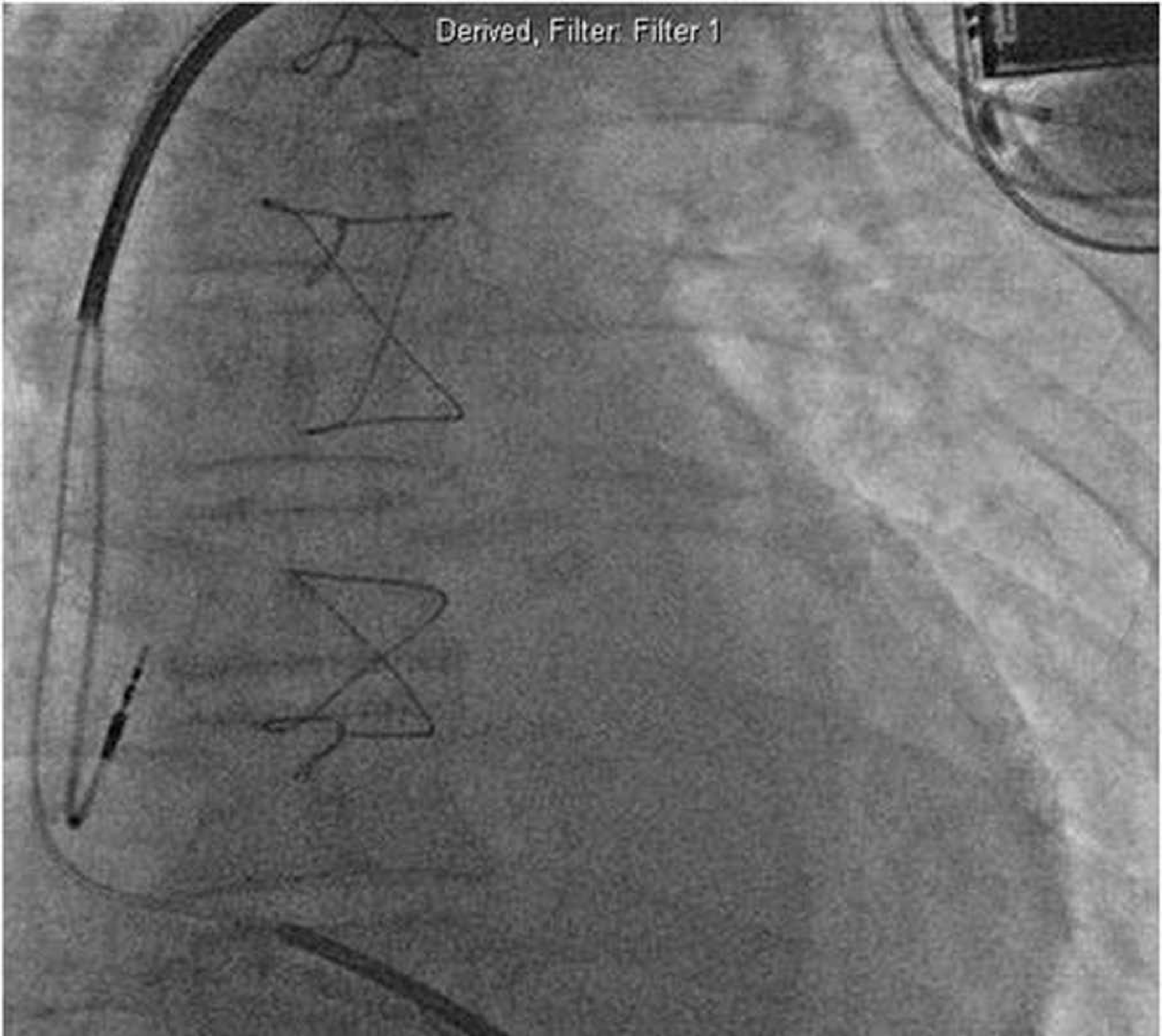What is an Implantable Cardioverter Defibrillator (ICD)?
An ICD is a small electronic device surgically implanted in the chest, just beneath the skin below the collar bone. The ICD is capable of monitoring the heart rhythm and functions to control life-threatening heart rhythm abnormalities that causes sudden cardiac arrest.
When the heart is beating normally, the device remains inactive. If the heart develops a life-threatening rhythm, the ICD delivers an electrical "shock(s)" to the heart to bring the heart rhythm back to normal. Modern ICDs are unobtrusive and do not affect daily activities.
The ICD consists of 2 parts: the pulse generator and wire, with sensors called electrodes on one end.
- The pulse generator houses the battery and tiny computer. The computer receives information from the wires to determine the rhythm of the heart. The battery usually lasts about 7 to 10 years, after which the entire pulse generator needs to be changed.
- The electrodes on the wire detect and monitor the heart rhythm. It delivers energy to pace or 'shock' the heart if required. These wires are inserted into the heart via the veins in the chest.

Fatal Heart Rhythm
What Happens During ICD Implantation?
Before the Procedure
Some routine blood tests and electrocardiograms (ECG) will be performed. The procedure usually lasts about one hour and is performed in the Invasive Cardiac Laboratory. You will need to be warded for 1 to 2 days for the implantation. You will need to sign a consent form after you have been given details of the procedure and its risks, benefits and alternatives.
If necessary, hair on your chest will be shaved, and cleansed with a special soap to keep the area of insertion sterile to prevent infection. Sterile drapes will then be used to cover you from your neck to your feet. A soft strap will be placed across your waist and arms to prevent your hands from coming into contact with the sterile field.
A small plastic tube or cannula will be inserted into one of the veins on your hand to facilitate the injection of medications. Just before the procedure, you will be given an injection of an antibiotic to prevent wound infection. You will also receive medication through the cannula to make you drowsy but you may not be fully asleep.
During the Procedure
After the injection of anaesthetics, a small incision or cut is made in the upper chest to create a small "pocket" under the skin to accommodate the pulse generator. One end of the pacemaker wire is connected to the pulse generator while the electrode end of the wire is inserted through a vein in the upper chest and is positioned in the heart with X-ray guidance.

X-ray guided implantation
of the ICD leads
After the Procedure
Upon returning to the ward, you will be required to lie flat in bed until the next day. Your arm on the side of the implantation may be held in a sling to prevent any big movements.
You will be given regular antibiotic injections for a day followed by oral antibiotics for about 5 days.
Chest X-ray will be performed the day after the procedure to check the position of the ICD electrodes and identify potential complications. The ICD will also be programmed and checked by a cardiac technologist. Most patients can be discharged 1 to 2 days after the implantation.
Upon discharge, you will be given an appointment for a follow-up at the Pacemaker clinic in a week's time. The waterproof dressing should not be removed until you return for your review. The stitches need not be removed as they are absorbable. After your first review, your doctor will arrange for regular check-ups to ensure that the ICD is functioning normally and to electronically program the ICD to suit your heart's requirements.
Preparing for the Implantation of an ICD
You will need to fast for at least 6 hours before the implantation.
What Precautions do I Need to Take After the Procedure?
1. Inform your doctor immediately if you have these symptoms:
2. Avoid any big movements of the arm on the affected side such as lifting the arm above your head and lifting more than 5kg load during the first week after implantation.
3. Complete the course of antibiotic medication prescribed upon discharge.
4. Remember to inform all your attending doctors that you have an ICD implanted.
